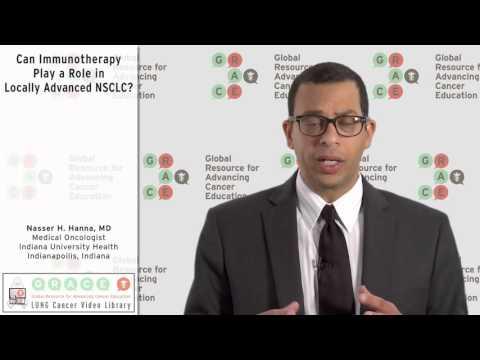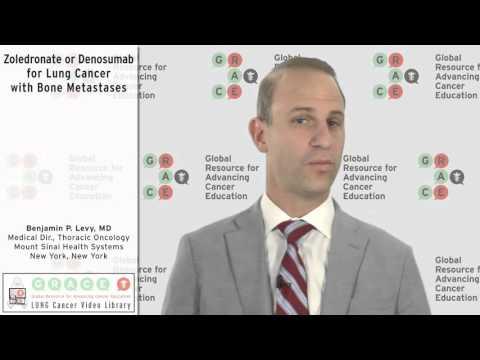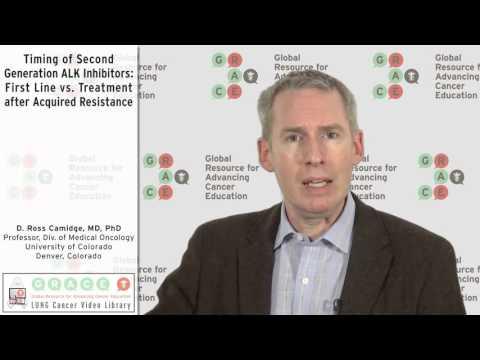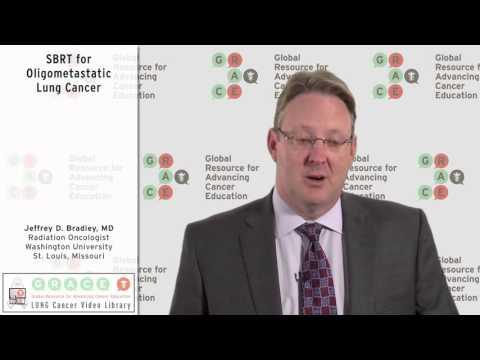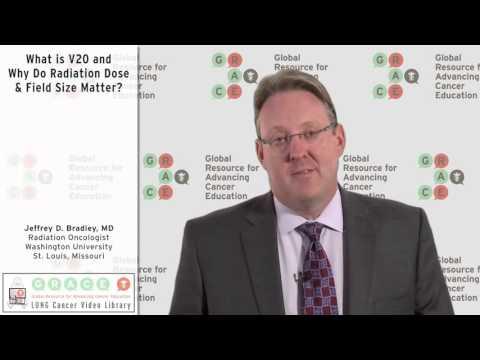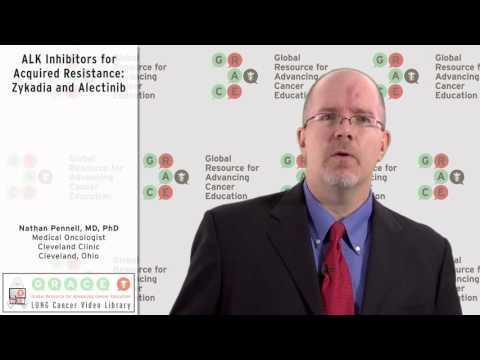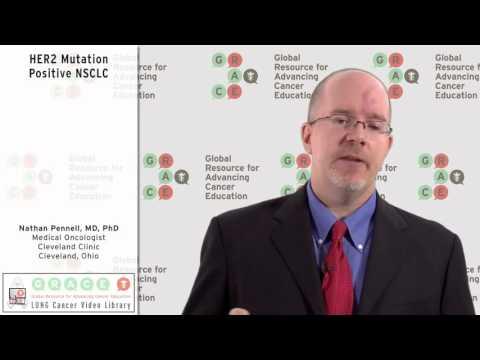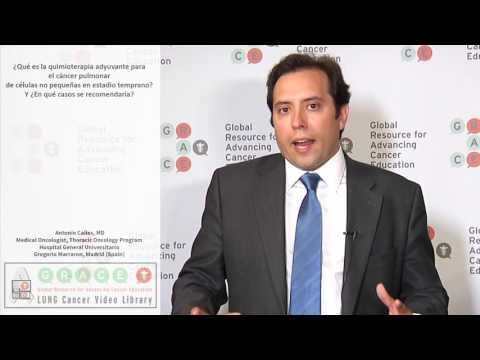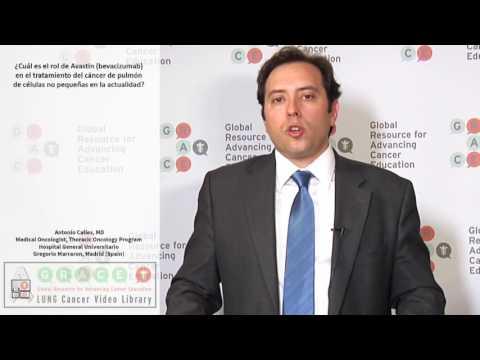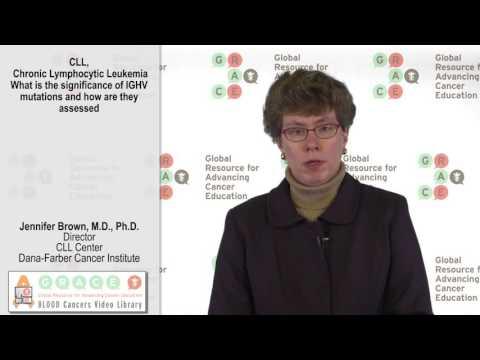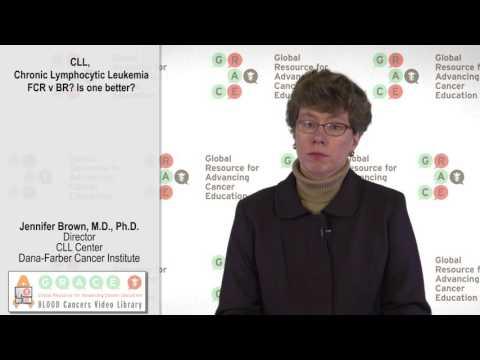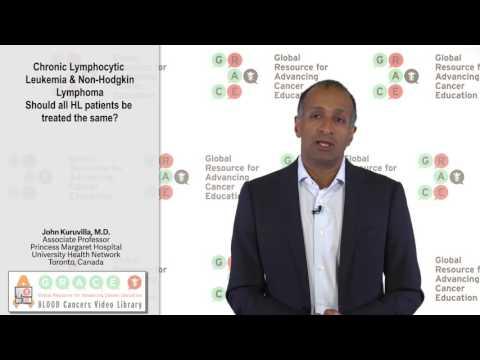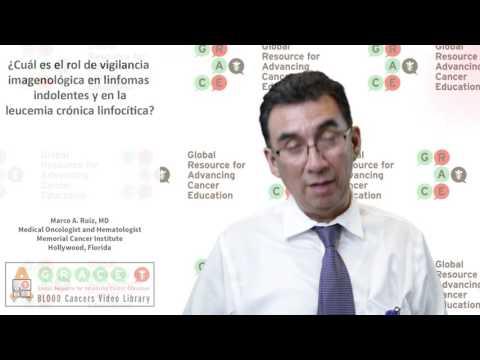Dr. Nasser Hanna, Indiana University Health, discusses the possible role of immunotherapy in locally advanced NSCLC.
Video Library
Search the Video Library
Video Language
Filter by Cancer Type:
Displaying Results 16 - 30 of 99
Transcript One of the important points about patients with advanced lung cancer is that 30-40% of patients will develop bone metastases. I think it’s important to recognize this is not bone cancer, this is lung cancer that’s moved to the bone, and in 30-40% of patients at some point who have
Dr. Ross Camidge, University of Colorado, addresses the question of whether to use a second generation ALK inhibitor as first line therapy or only after acquired resistance to crizotinib.
Dr. Jeffrey Bradley, Radiation Oncologist at Washington University in St. Louis, defines oligometastatic lung cancer and describes the recent trend toward the use of stereotactic body radiation therapy to treat it.
Dr. Jeffrey Bradley, Radiation Oncologist at Washington University in St. Louis, defines the V20 standard for lung radiation and outlines the advantages of limiting dose and field size in lung radiation therapy.
Dr. Nathan Pennell, Cleveland Clinic, discusses acquired resistance to Xalkori in ALK-positive patients, and second generation inhibitors designed to overcome that resistance, such as Zykadia and alectinib.
Dr. Nathan Pennell, Cleveland Clinic, describes treatment of NSCLC patients with HER2 mutations using agents such as Gilotrif or Herceptin.
All of us at the Global Resource for Advancing Cancer Education are very excited to introduce our newest project - the GRACE Spanish Lung Cancer Library. This collection of videos with our Spanish speaking faculty will discuss the basics of lung cancer for Spanish speaking patients and caregivers
For our 4th video in the GRACE Spanish Lung Cancer Library, Antonio Calles, MD joined GRACE to discuss what the role of Avastin (bevacizumab) is in treating advanced NSCLC today.
We recently joined a number of top faculty in the area of hematology in Whistler BC, for the 3rd Annual Summit on Hematologic Malignancies. Jennifer Brown, MD, PhD, Director of the CLL Center at the Dana-Farber Cancer Institute spoke with GRACE and provided provoking and educational discussions on
GRACE joined a number of top faculty in the area of hematology in Whistler BC, for the 3rd Annual Summit on Hematologic Malignancies. Jennifer Brown, MD, PhD, Director of the CLL Center at the Dana-Farber Cancer Institute spoke with GRACE and provided a provoking and educational discussion on FCR vs
GRACE joined a number of top faculty in the area of hematology in Whistler BC, for the 3rd Annual Summit on Hematologic Malignancies. Joshua Brody, MD, Oncologist and Director, Assistant Professor of Medicine, Hematology & Medical Oncology at Mount Sinai Hospital spoke with GRACE about the question
GRACE joined a number of top faculty in the area of hematology in Whistler BC, for the 3rd Annual Summit on Hematologic Malignancies. John Kuruvilla, MD, Associate Professor, Princess Margaret Hospital, University Health Network in Toronto, Canada, spoke with GRACE about Chronic Lymphocytic Leukemia
GRACE sat down with Dr. Marco Ruiz to discuss information regarding the role of surveillance imaging in indolent lymphomas and chronic lymphocytic leukemia (CLL) (¿Cuál es el rol de vigilancia imagenológica en linfomas indolentes y en la leucemia crónica linfocítica?). Stay tuned for more on our
GRACE sat down with Dr. Marco Ruiz to discuss information regarding inhibitory molecules like the programmed cell death protein 1 (PD1) and its ligand (PDL1), and if they are active in lymphoma and in chronic lymphocytic leukemia (¿Están activos moléculas inhibitorias como el de la muerte programada

